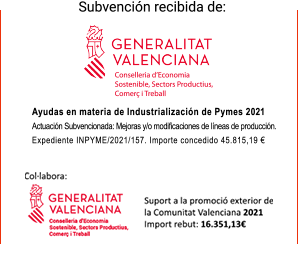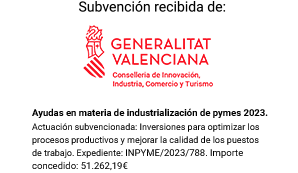¿Necesitas un lijado de precisión sin dañar superficies delicadas? Descubre las ventajas del disco de espuma estándar...
}Abrasives are minerals that are used in different mechanical processes in order to change and shape the shape, finish and texture in artisanal or industrial processes. By friction between a hard material and the surface to be treated, material is removed from the substrate and the desired result is obtained. The pressure exerted on the material to be treated, the speed of work and the type of movement that is performed on it will determine the shape of the material.
Since the Stone Age, there is evidence that human beings have used different materials to flatten, smooth, polish and sharpen different surfaces, including tools, knives and swords. These tasks were performed with natural abrasives, such as animal skins, and minerals such as talc and emery. Ceramic abrasives, which we will focus on in this article, are the result of mixing natural ceramics with some abrasive powders, including silicon carbide or quartz.
Ceramic abrasives are the result of mixing natural ceramic with powder abrasives
What ceramic abrasives are
Ceramic abrasives are those that are made of natural ceramic, which is usually mixed with other abrasive powders such as corundum - quartz and silicon carbide. Ceramic abrasives have a microcrystalline finish and are very uniform in structure, which means they can have many different applications.
As with the rest of current abrasives, the minerals used to obtain ceramic abrasives are natural, although they undergo different processes of refinement, hardening and purification in order to improve their properties.
The characteristics that define what that use will be are hardness, friability, toughness and cutting capacity:
The hardness marks the resistance offered by a material to the pressure of another (the hardest diamond)
Friability is the tendency of a material to generate new edges at the moment when the mineral breaks.
Tenacity, on the other hand, indicates the amount of energy that a material can absorb, before breaking, while the cutting capacity reveals how sharp its edges are.
Treatment of ceramic abrasives
Ceramic abrasives are very dense and favor excellent grinding and finishing performance.
Among the different materials that may include aluminum oxide, cerium oxide, manufactured diamond, boron carbide, boron nitride, silicate, silicon carbide, zirconium, tin oxide, carbide of tungsten and other crystalline materials of inorganic character.
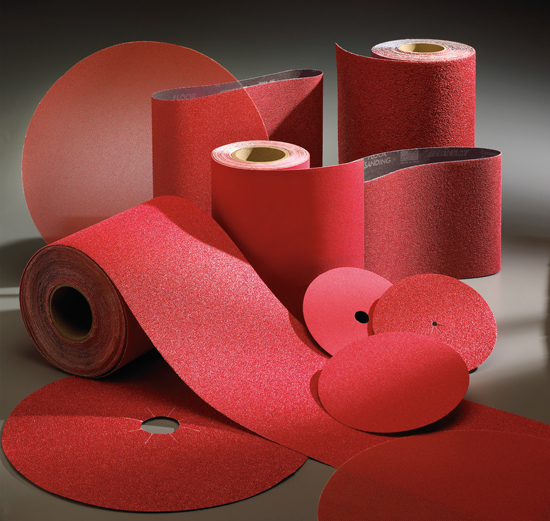
Differences between aluminum oxide, silicon carbide, zirconium and ceramics
The type of mineral used as an abrasive determines its applications and characteristics.
The three most common alternatives to ceramic abrasives are aluminum oxide, silicon carbide and zirconium abrasives.
The first, aluminum oxide, is often used on soft surfaces, has a high hardness, high resistance to shock and high toughness. It usually generates rounded profiles, which give rise to shallow and wide stripes.
For its part, silicon carbide has a low tenacity with a hardness of 9.4. One of its main characteristics is that, due to this low tenacity, it can break more easily and give rise to edges that originate deep and narrow stripes. Silicon carbide abrasives are suitable for polishing stone and cutting lacquers, and in general for bright and clean cuts, but they are not usually used in high pressure grinding applications because in this area they are not very effective.
Zirconium abrasives are significantly more resistant, which makes zirconia grain suitable for high pressure machining and grinding applications. They are usually used in the manufacture of steel in general, where they have become the abrasive tape and the disc of choice for grinding and finishing steel, they are also commonly used in stainless steel applications.
Advantages of ceramics as an abrasive material
Compared to other types of abrasives, ceramics have a microcrystalline structure that causes them to degrade in a progressive manner, which results in a wide range of applications.
This type of abrasive is more sensitive than others to pressure and heat, which makes the design process especially important. Why is it characterized?
The ceramic has among its advantages as an abrasive material that is extremely resistant, which means that it has a long lifespan.
On the other hand, it stays sharp for a long time.
Unlike other materials, the ceramic is not brittle, and its cutting edges are not modified when sanding other material.
All this makes it ideal for roughing shapes and materials or leveling.
The work with ceramic abrasives is not only fast, but it is a safe process for operators.
Ceramic abrasives have a long shelf life, are not brittle, do not generate toxic waste and their use is safe
Uses of ceramic abrasive materials
Most ceramic abrasives are used in applications such as gushing, which is a treatment for both new surfaces and restoration.
Its use is also common in leanicng, polishing and surface preparation functions, as well as intermediate cutting.
Ceramic abrasives are also used for deburring, peeling, pickling, for rapid removal of materials, grinding, sandblasting and lapping, thereby reducing surface roughness.
In the industry, ceramic abrasives have multiple applications, such as sandpaper, grinding machines, radial discs, drill bits, etc. For years its use has been extended to cast aluminum parts, in stainless steel finishes and even in titanium alloys such as those commonly used in some types of aerospace applications.
Now that you know more about ceramic abrasives, contact us and we will advise you to choose the ones that best suit your needs.





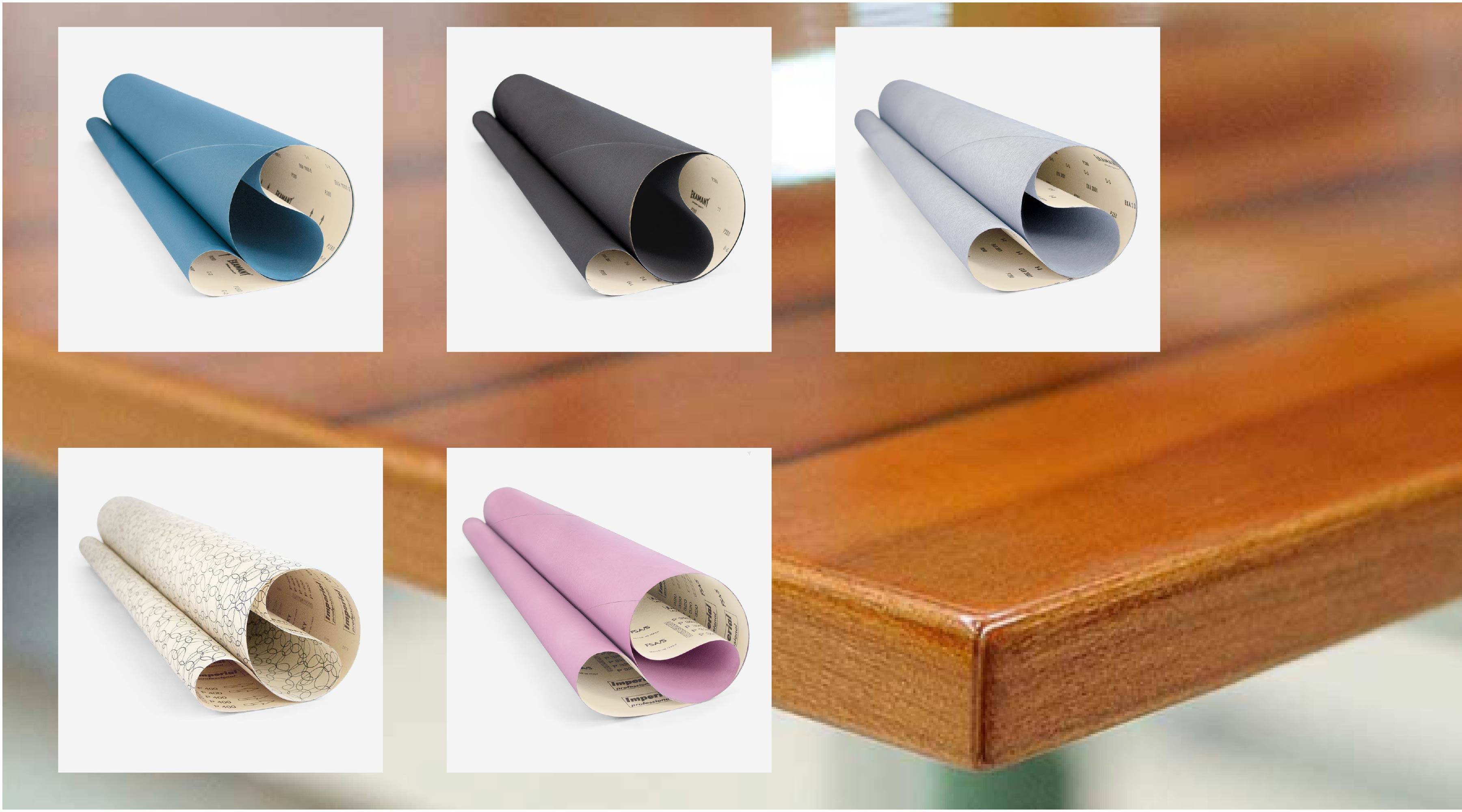
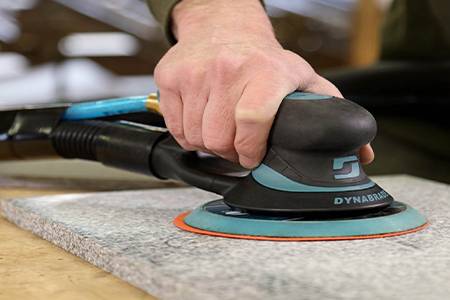
.png)
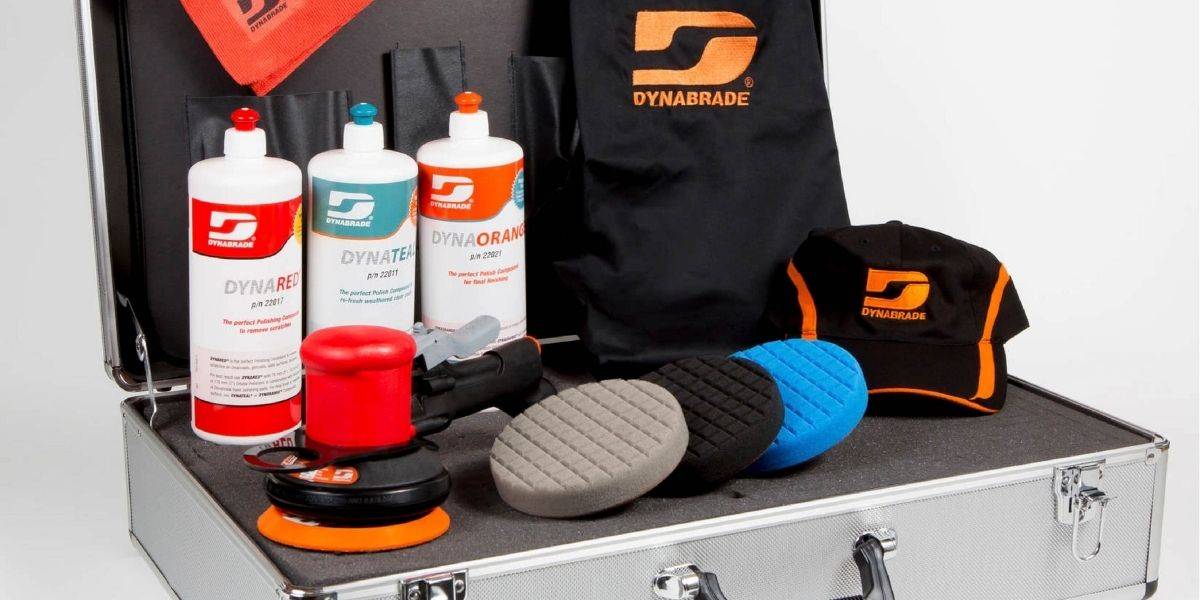
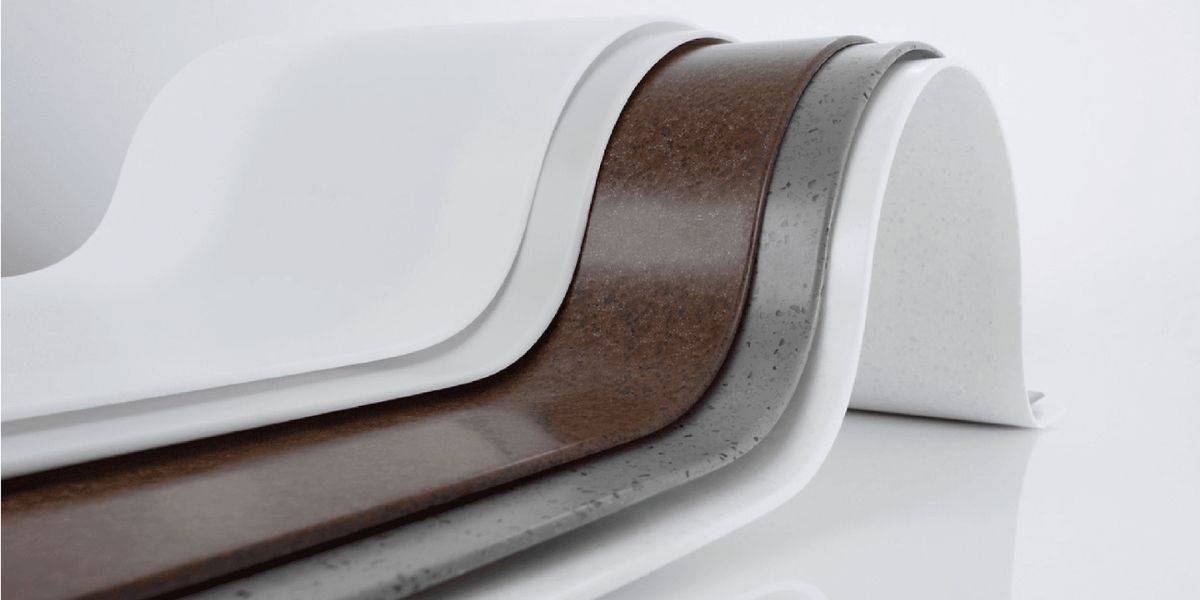
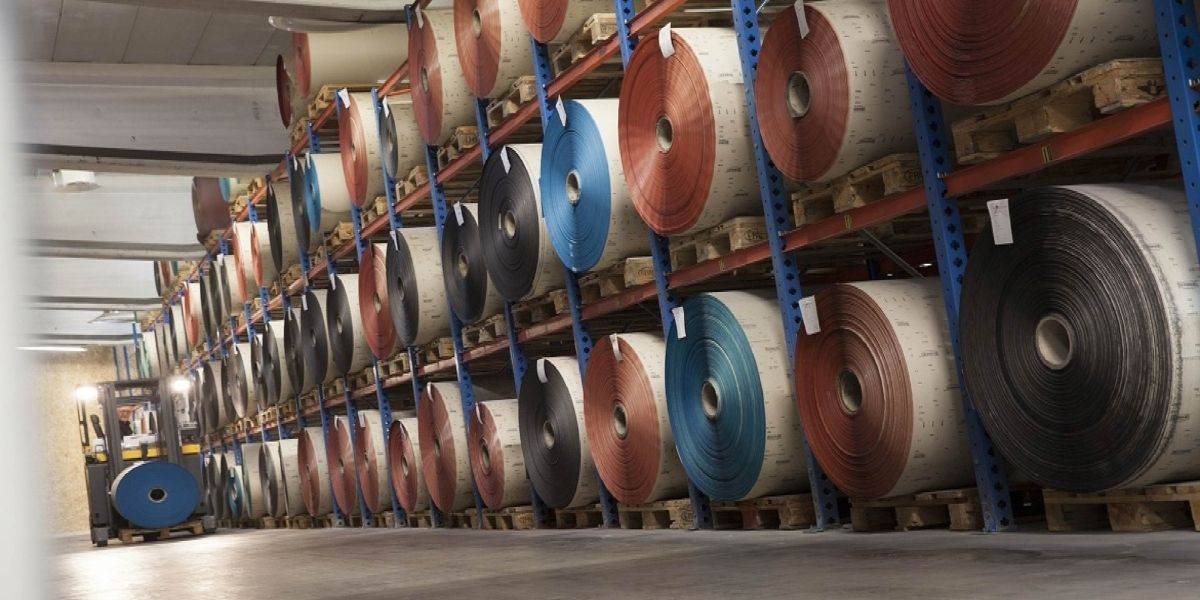
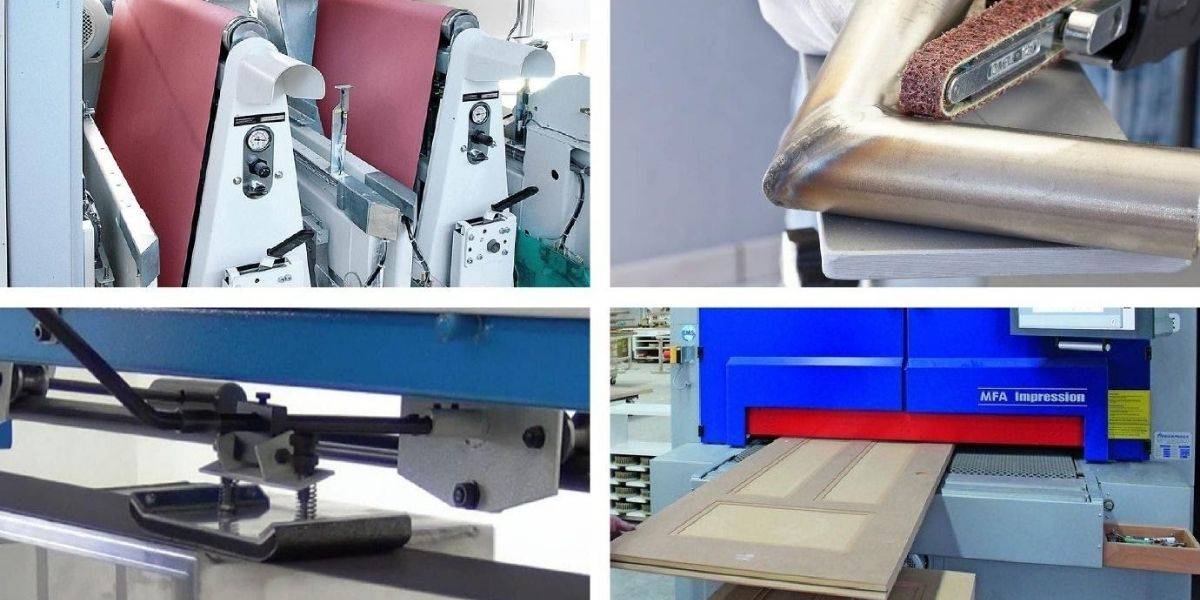
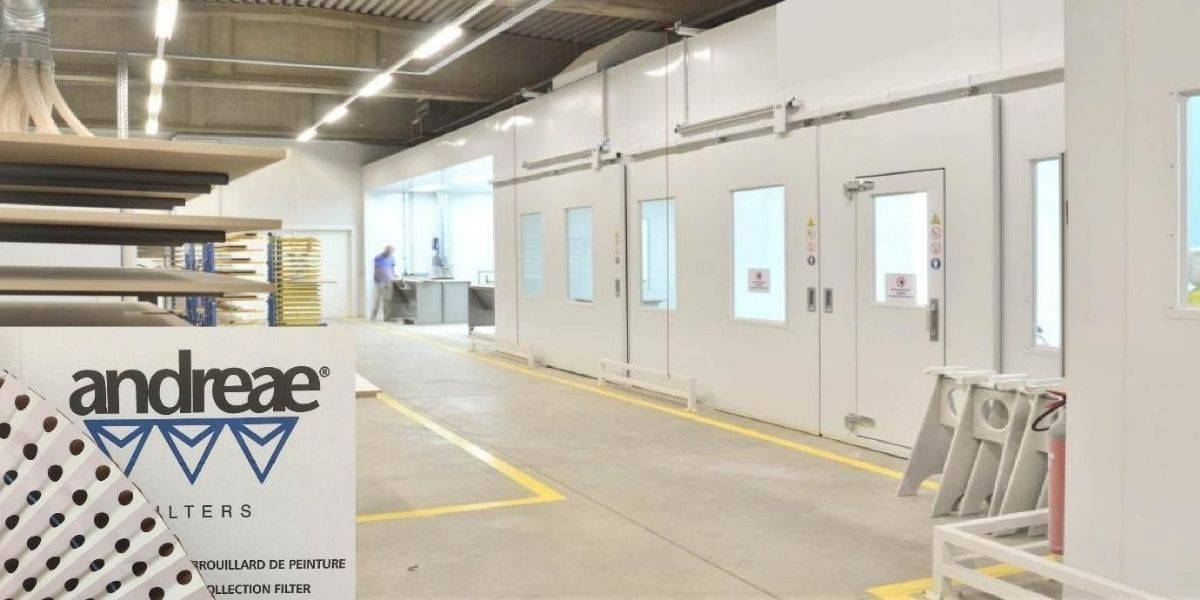

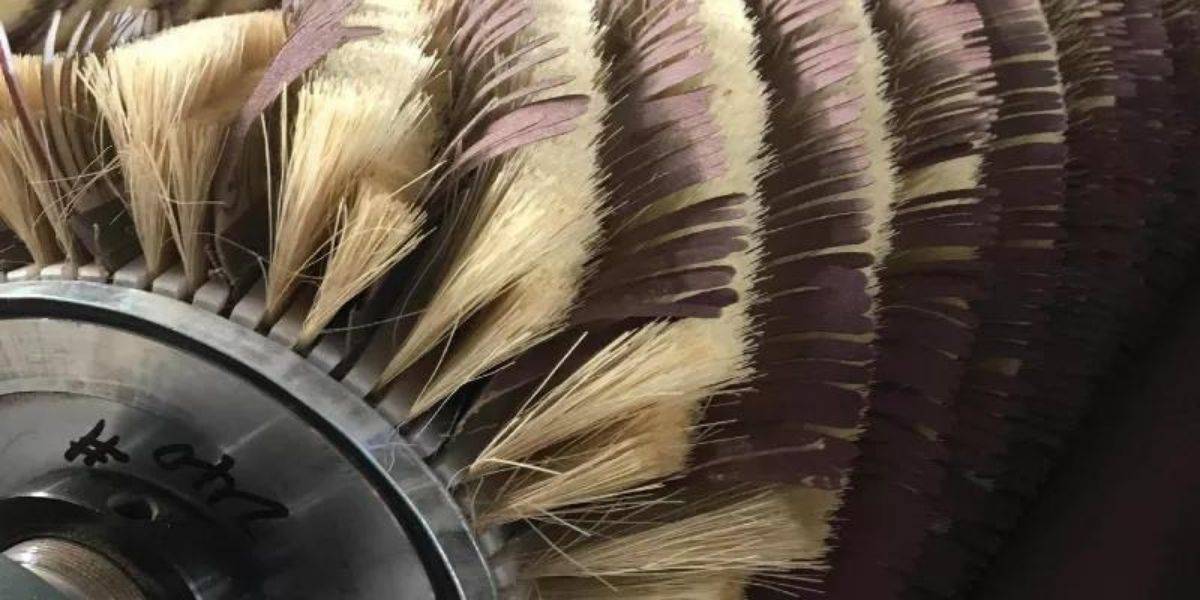
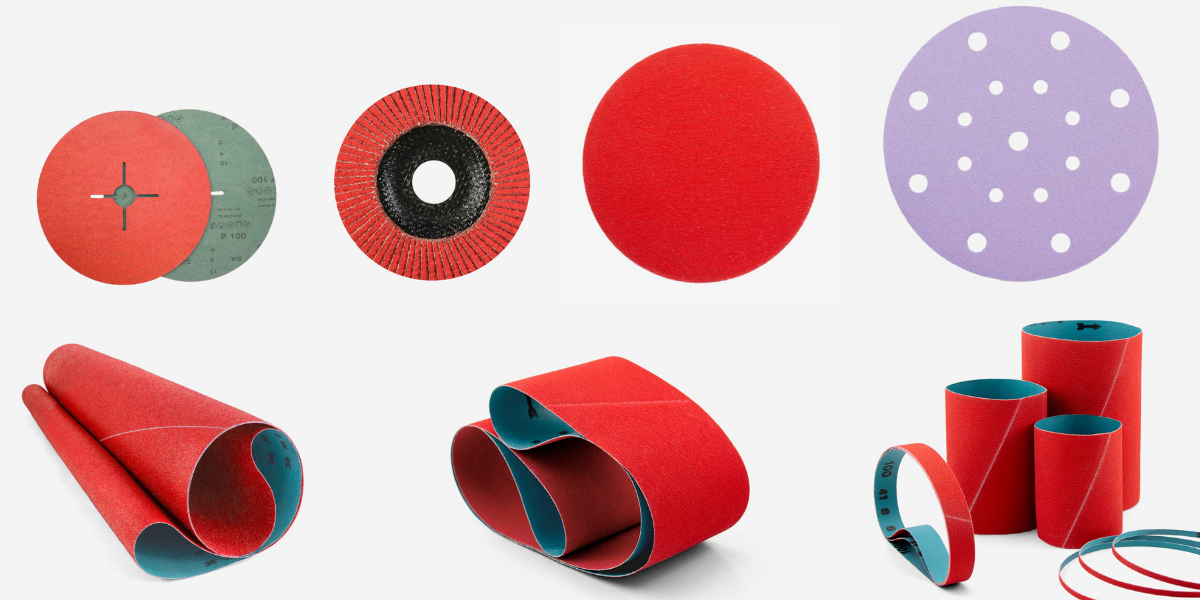
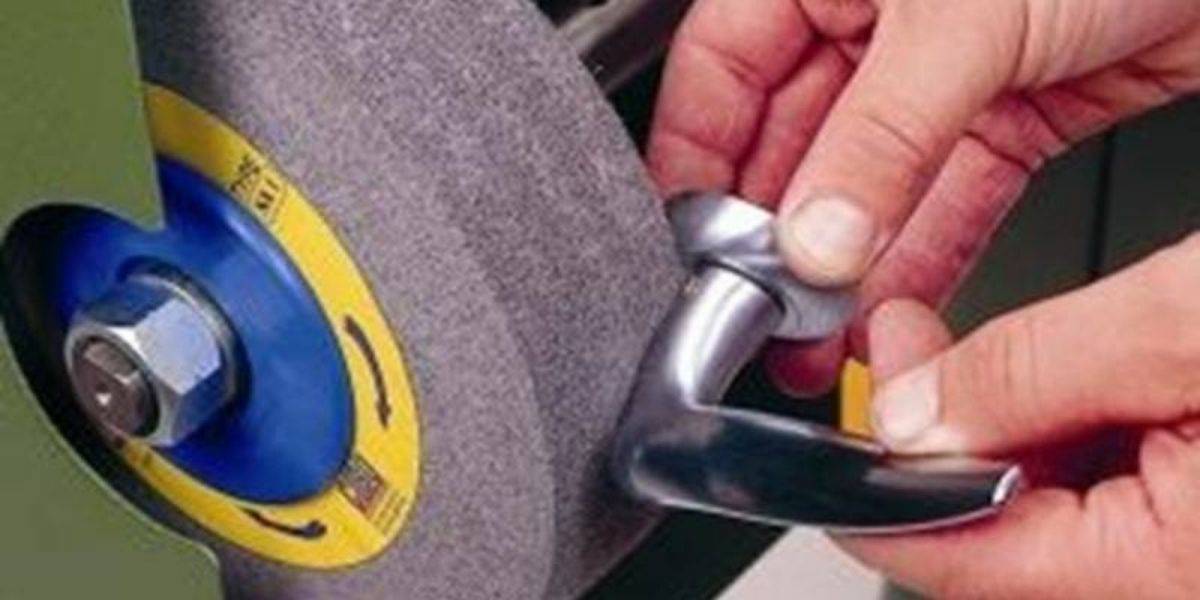
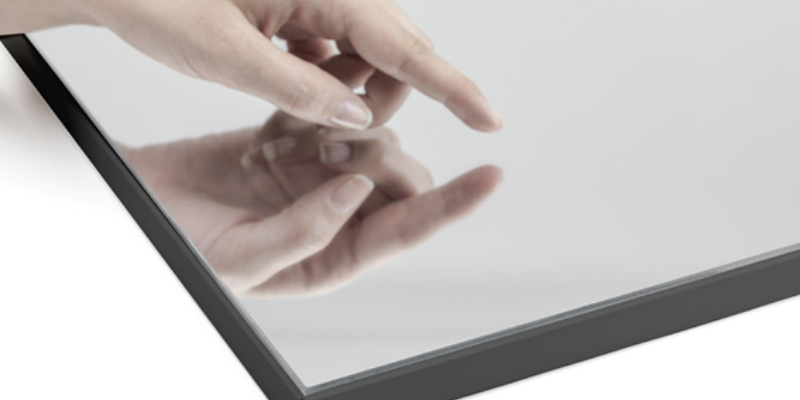
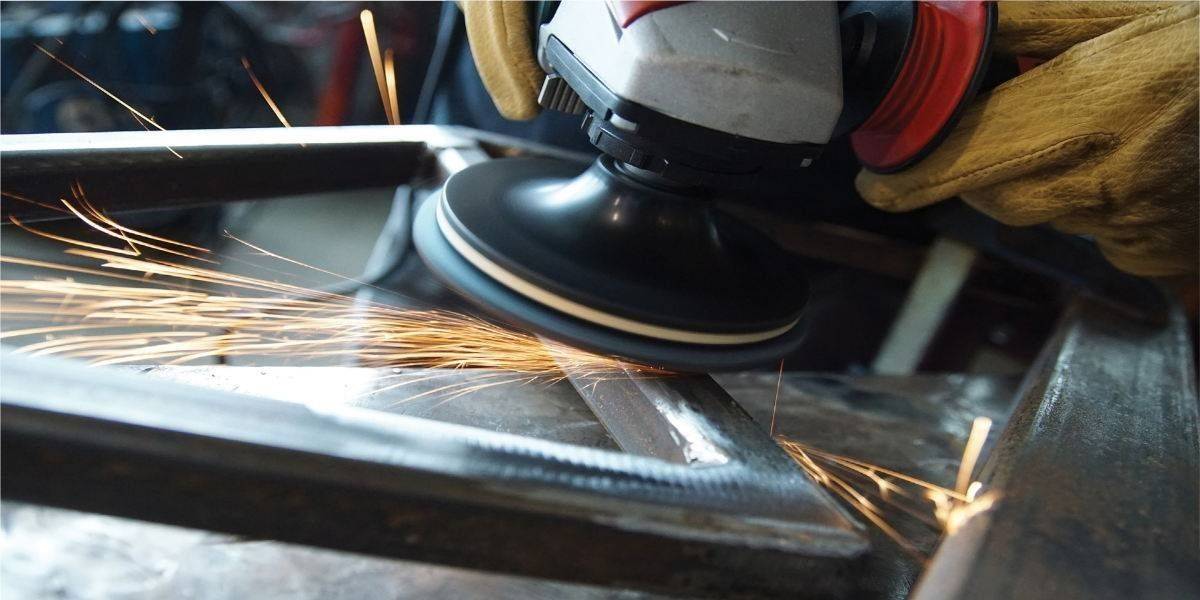
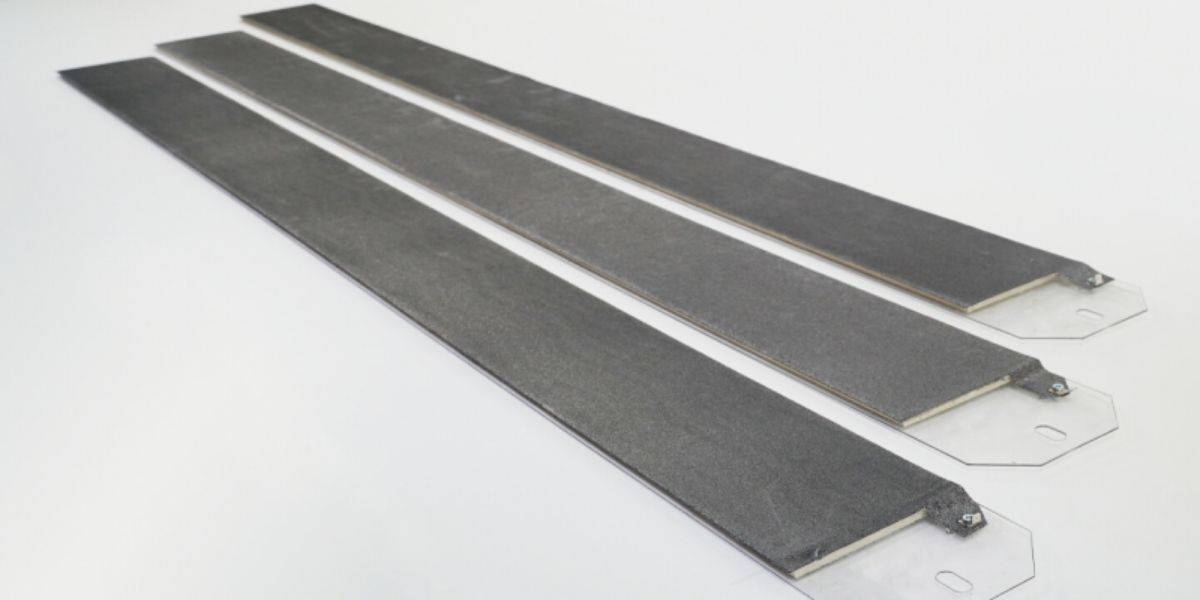
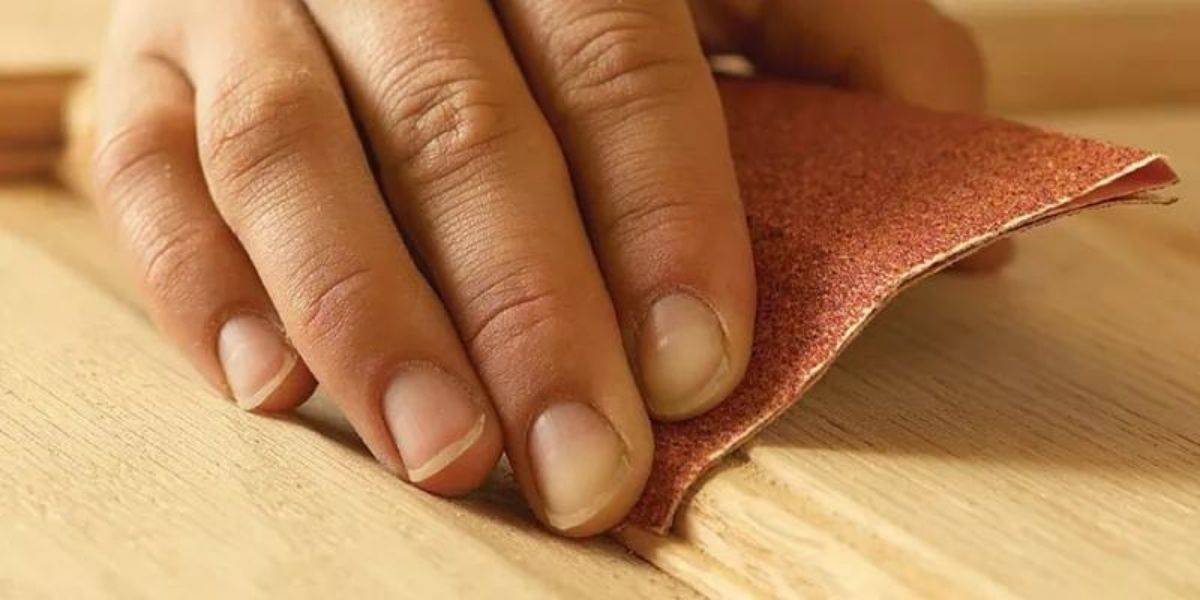
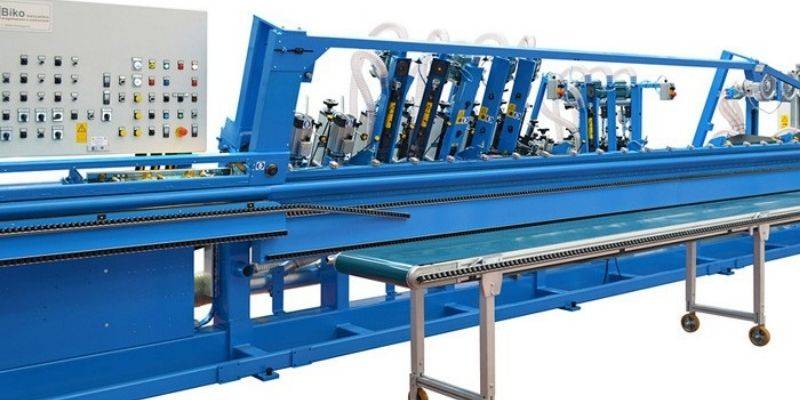


 (1).png)
 (1).png)
.png)
.png)
.png)
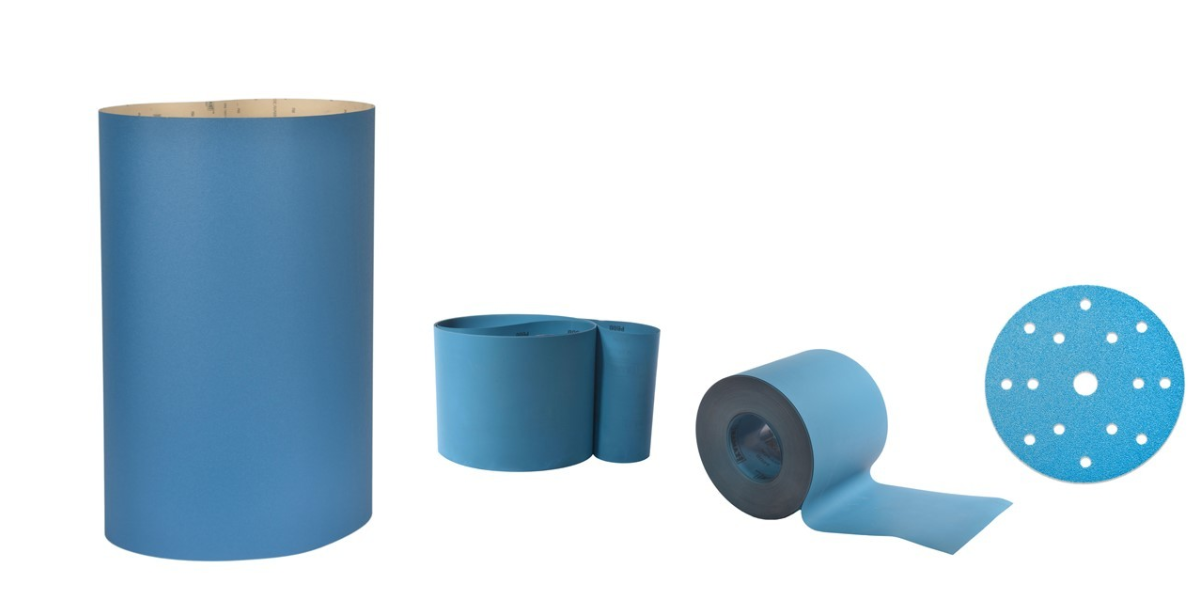
.png)
.png)
.png)
.png)
.png)
.png)
.png)
.png)
.png)
.png)
.png)
.png)


